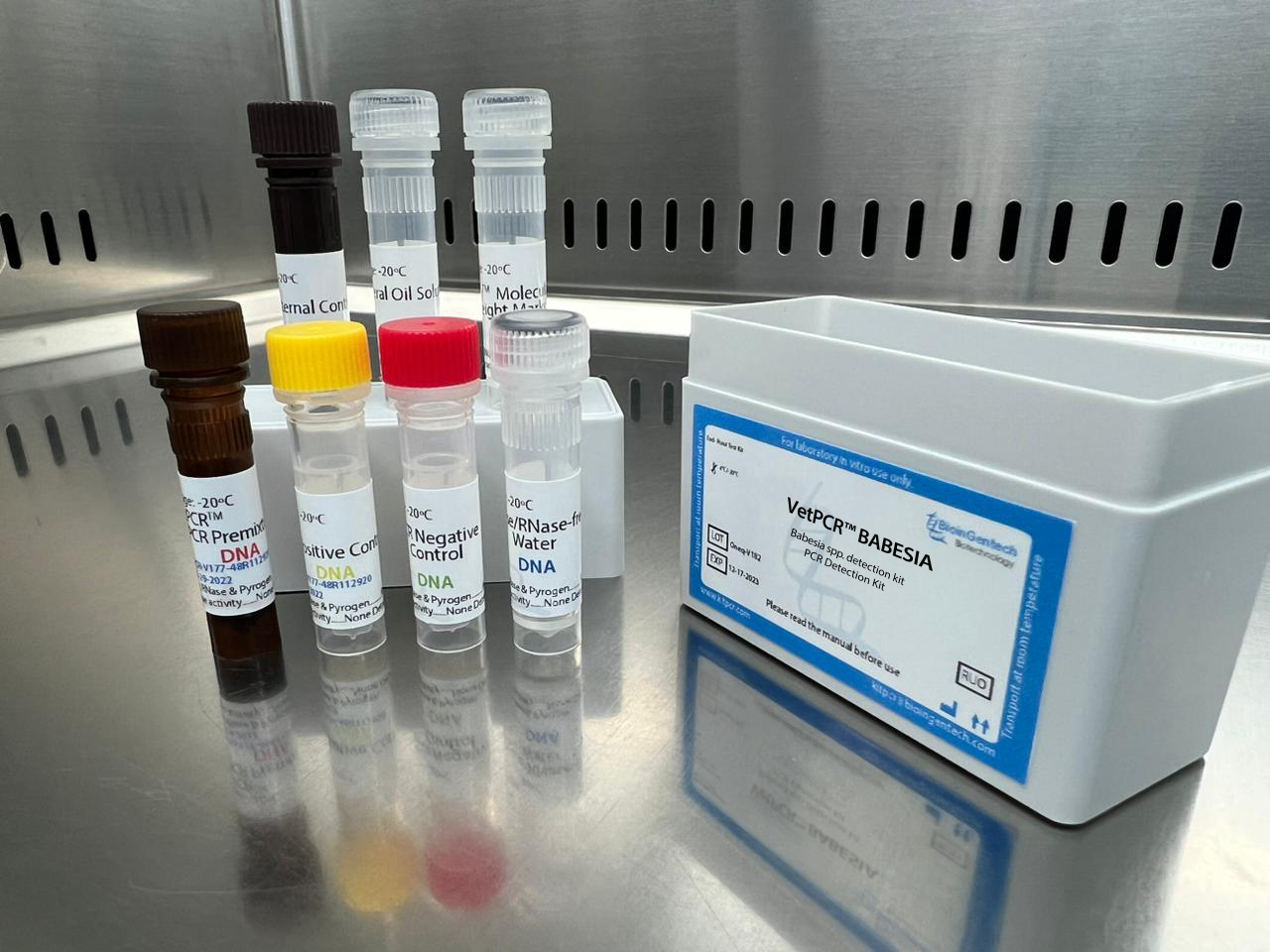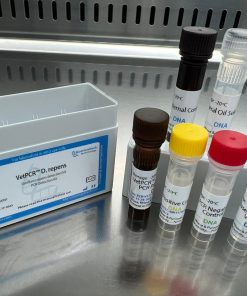Babesia sp. detection kits
| End-Point | 48 – 96 reactions |
| One-Step | 50 – 100 – 150 reactions |
SKU: V094
Category: Canine
Canine babesiosis, one of the most important emerging tick-borne diseases of dogs with worldwide distribution, is transmitted by intra-erythrocytic protozoan of the genus Babesia. The two predominant species naturally infecting dogs are Babesia canis and Babesia gibsoni. Following the attachment of an infected tick, trophozoites of Babesia sp. are released into the blood, infecting erythrocytes. The parasites are found in red blood cells, which they destroy releasing hemoglobin in the process and giving rise to characteristic clinical manifestation of hemoglobinuria. Babesiosis is diagnosed from the pathognomonic clinical signs and by the demonstration of the organism in the blood.
| End-Point | MANUAL | MSDS |
| One-Step | MANUAL | MSDS |











